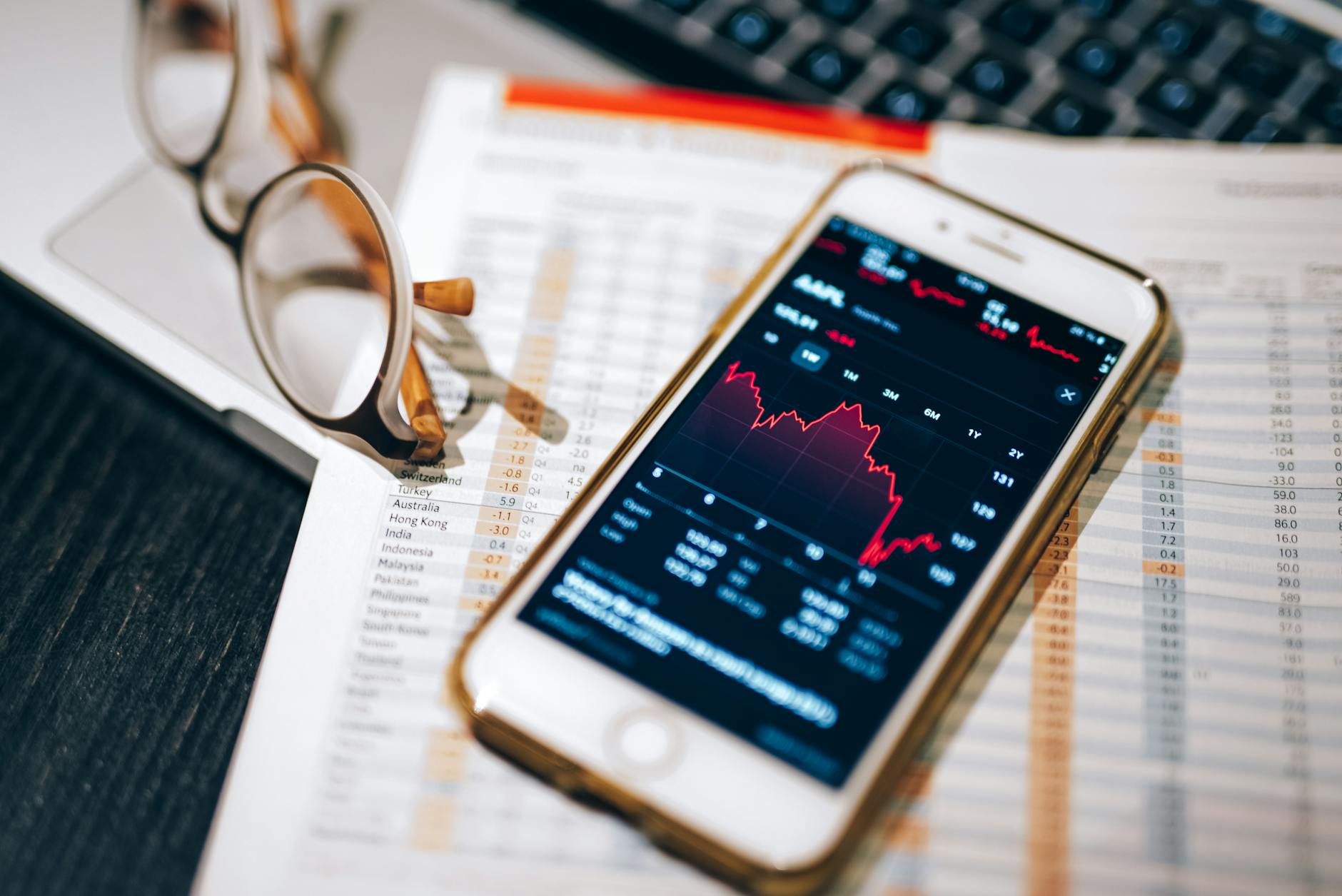Black Monday of 1987: US Stock Markets in Distress
On a day notoriously known as “Black Monday,” in the fall of 1987, the first modern global financial crisis broke out. Within hours, a series of market distress events sent stock markets throughout the world plunging. The Dow Jones Industrial Average (DJIA) had the worst one-day stock market slump in history when it fell 22.6 percent in a single trading session. It also signaled the worst market decline in US history since the Great Depression at the time.
This large stock market loss cannot be traced to a single cause. Rather it was an unfortunate meeting of a number of circumstances that came together to cause a panic among investors.
A strong bull market overdue for a correction, and a trade imbalance in favor of the US in comparison to other countries contributed significantly to the crisis. Furthermore, computerized trading, while not yet the dominating force it is now, was progressively making an impact at major Wall Street businesses.
As we reflect on the events of Black Monday, it is crucial for investors to remember that market crashes are a part of the natural cycle of investing. While they can be devastating in the short term, history has shown that markets have a tendency to recover over time. By learning from the mistakes of the past and taking a disciplined approach to investing, investors can mitigate their risks and position themselves for long-term success in the ever-changing world of finance.
The Panic of 1907: A Stock Market Meltdown
The Panic of 1907 is often regarded as one of the most significant stock market meltdowns in history. It was a time of great financial turmoil, with investors experiencing widespread panic and uncertainty. The root cause of the panic traces back to a series of events that unfolded throughout the year, leading to a collapse in stock prices and widespread panic among investors.
One of the key factors that contributed to the Panic of 1907 was a series of failed attempts to corner the market by powerful financiers. These attempts created an atmosphere of greed and speculation. Investors were taking on excessive risks in the hopes of making a quick profit. When these schemes ultimately failed, it triggered a chain reaction of selling that sent shockwaves through the market.
As stock prices continued to plummet, investors began to panic and rushed to sell their holdings, further exacerbating the crisis. The panic spread quickly throughout the financial markets. This led to a widespread collapse in stock prices and a sharp decline in investor confidence. The panic of 1907 ultimately culminated in a run on the banks. Many investors lost their life savings as financial institutions collapsed under the weight of the crisis.
The Stock Market Crash of 1929: The Great Depression
The Stock Market Crash of 1929 marked the beginning of the Great Depression, a period of economic turmoil that lasted for nearly a decade. The crash was triggered by a combination of factors, including overvalued stocks, excessive speculation, and a lack of government regulation. As a result, millions of investors lost their life savings, leading to widespread poverty and unemployment.
Investors who had heavily invested in the stock market during the 1920s saw their portfolios decimated practically overnight. Stock prices plummeted, wiping out billions of dollars in wealth. Many investors had to sell their assets at rock-bottom prices just to cover their debts. The crash also had a ripple effect on the broader economy. It caused banks to fail, businesses to close, and consumer spending to plummet. It was a perfect storm of financial disaster that had far-reaching implications for years to come.
The aftermath of the stock market crash affected many around the world. In the United States, the unemployment rate skyrocketed to over 25% as businesses laid off workers and cut back on production. The housing market also collapsed, leading to a wave of foreclosures and evictions. The Great Depression was a time of immense suffering for millions of people who struggled to cover basis necessities.
The Asian Financial Crisis: Stock Market Turmoil in Asia
The Asian Financial Crisis of 1997 began in Thailand and quickly spread to other countries in Asia. It resulted in a sharp decline in stock prices and widespread economic turmoil. Investors who had previously seen the Asian markets as a lucrative opportunity suddenly faced significant losses and uncertainty.
The stock market turmoil in Asia during the crisis was unprecedented, with many investors experiencing significant losses as stock prices plummeted. A combination of factors, including overvalued currencies, high levels of debt, and speculative investments in real estate and other assets fueled the crisis. Consequently, many investors found themselves holding onto rapidly declining stocks, leading to panic selling and further exacerbating the market decline.
The crisis demonstrated the dangers of investing in markets that are prone to volatility and speculation. It also showed the importance of diversification and risk management. Investors who participated in the Asian markets during the crisis learned the hard way that even seemingly stable investments can quickly turn sour in times of economic turmoil.
After the Asian Financial Crisis, many investors scrambled to reassess their investment strategies, minimizing their exposure to risky assets. The crisis led to a period of introspection and reevaluation for investors. They sought to avoid repeating the mistakes that had led to significant losses during the crisis.
The takeaway..
It is critical for investors to establish a mix of prudence and confidence. While being aware of potential dangers and hazards, you must also have confidence in your investing decisions. By learning from past mistakes, you can approach the market with a well-informed perspective and avoid becoming a victim.




This was a delight to read. You show an impressive grasp on this subject! I specialize about Airport Transfer and you can see my posts here at my blog 67U Keep up the incredible work!